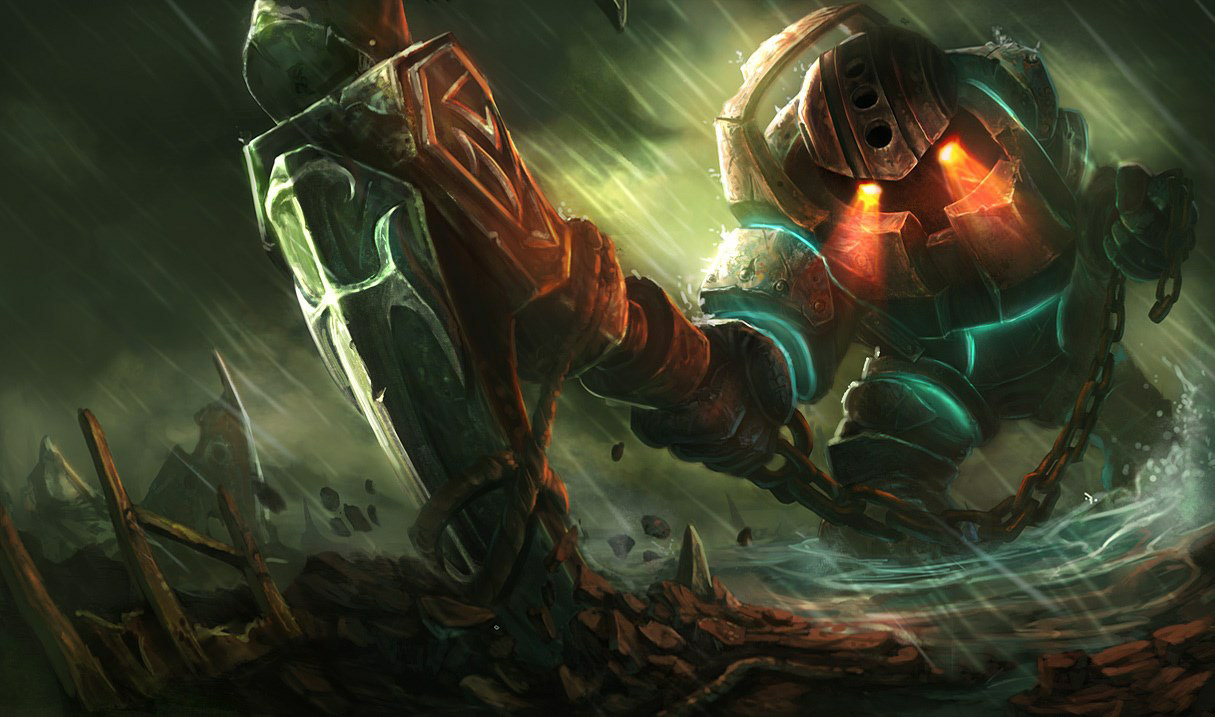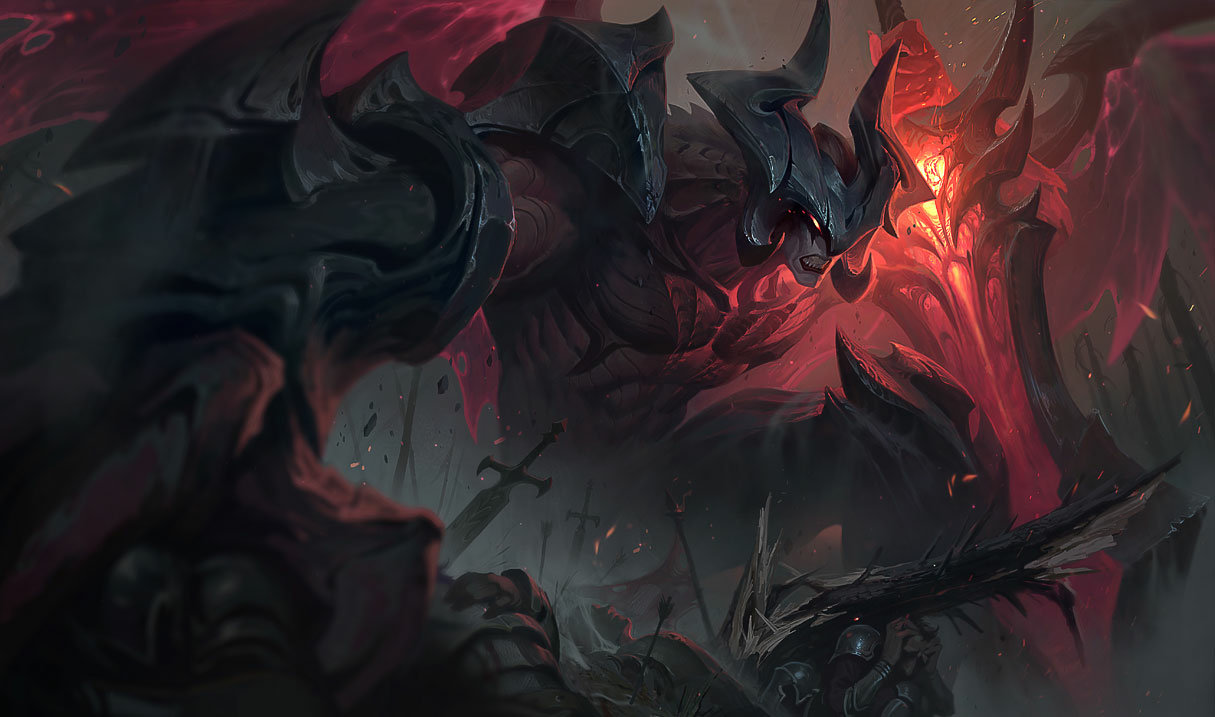 Nautilus Stats and Analytics
Nautilus Stats and Analytics Nautilus Gameplay Guide – Mastering Nautilus Support and Top Lane Tank in League of Legends
Nautilus, the Titan of the Depths, is a versatile tank champion in League of Legends, excelling in both support and top-lane roles. With high crowd control, engage potential, and zoning ability, Nautilus can dictate the flow of skirmishes, teamfights, and objectives. Mastering Nautilus requires understanding his abilities, early laning mechanics, mid-game rotations, late-game positioning, rune and item optimization, matchup awareness, and team synergy.
Understanding Nautilus’s Abilities
Passive: Staggering Blow
Nautilus’s passive applies a brief immobilize on his basic attacks, allowing him to lock down enemies consistently. Understanding passive timing is essential for trades, engages, and peeling. Passive synergizes with his Q and R for extended crowd control and setup potential in skirmishes and teamfights.
Q: Dredge Line
Q is Nautilus’s signature hook ability, pulling him to the first enemy hit and stunning them. Dredge Line is a powerful initiation tool, crowd control, and pick potential ability. Accurate usage allows Nautilus to start fights, peel for allies, or isolate high-priority targets. Combining Q with passive and R maximizes lockdown potential in any engagement.
W: Titan’s Wrath
W shields Nautilus and deals damage in an area around him. It enhances survivability, trades, and teamfight presence. Proper use of W ensures Nautilus can absorb damage while engaging or peeling, and it synergizes with passive for extended crowd control. W timing is crucial in skirmishes and prolonged fights.
E: Riptide
E creates waves that slow and deal damage in an area around Nautilus. Riptide is key for wave clear, zoning, and consistent crowd control. Placing E effectively helps control choke points, protect objectives, and increase teamfight effectiveness. It also enhances Nautilus’s ability to stick to targets after engaging with Q.
R: Depth Charge
R is Nautilus’s ultimate, launching a projectile that knocks up and stuns the primary target and nearby enemies upon impact. Depth Charge is a strong initiation, disruption, and zoning tool. Proper timing and positioning allow Nautilus to initiate fights, counter-engage, or peel for allies while locking down key threats. Combining R with Q and passive provides maximum crowd control and setup potential for his team.
Early Game – Laning and Trades
In the early game, Nautilus focuses on controlling lane with Q engages, poking with E, and using W to mitigate damage during trades. Support Nautilus should focus on landing Q hooks to set up kills for the ADC, while top-lane Nautilus prioritizes Q engages combined with passive for trades and wave control. Proper positioning and vision control prevent ganks and maximize laning impact.
Early trades often involve Q to catch an enemy, W for shielding and damage, and E to slow opponents. Passive immobilize procs on auto-attacks enhance trades and allow allies to follow up. Careful management of mana and cooldowns ensures Nautilus remains effective throughout early skirmishes and objective contests.
Mid Game – Roaming, Skirmishes, and Objective Control
During mid-game, Nautilus excels at roaming, setting up picks, and controlling objectives. Use Q to initiate or peel, E to zone or slow, W for survivability, and R to disrupt enemy formations. Awareness of map rotations and cooldowns allows Nautilus to maximize impact during mid-game skirmishes, especially around Dragons, Rift Herald, and mid-lane control.
Nautilus’s ability to lock down enemies during objective fights provides his team with control and safety. Strategic use of Q and R ensures enemy carries are isolated or disrupted, enabling safe objectives. E placement helps deter contesting enemies, and W shields allies during extended fights. Proper coordination with the team enhances Nautilus’s effectiveness during mid-game rotations.
Late Game – Teamfight Positioning and Utility
In the late game, Nautilus becomes a frontline tank and crowd control initiator. Positioning is critical: stay near priority targets to peel or engage, use Q to catch enemies out of position, W to absorb damage, E to slow and control zones, and R to initiate or disrupt teamfights. Effective sequencing ensures maximum crowd control without compromising survivability.
During Baron or Elder Dragon fights, Nautilus can engage with Q or R, peel for carries, and control choke points with E. Proper timing and coordination with teammates amplify Nautilus’s impact, ensuring objectives are secured and fights are won. Late-game positioning and cooldown management are crucial to prevent overextension and ensure effectiveness.
Combos and Play Patterns
- Early Lane Trade: Q to engage → auto-attacks with passive → W for shield and damage → E to slow → reposition.
- Mid-Game Skirmish: Q hook → auto-attack and passive → W to shield and absorb damage → E to slow → R to knock up primary target → follow-up with team.
- Late-Game Teamfight: Position in frontline → Q to pick key targets → W to absorb damage → E to slow multiple enemies → R to disrupt and zone → continue crowd control and peeling.
- Objective Control: Engage with Q or R → E to slow and zone → W for survivability → coordinate with team to secure Dragon, Baron, or towers safely.
Runes and Itemization
Nautilus benefits from runes enhancing tankiness, crowd control, and engage potential. Primary runes often include Aftershock for durability during engages, Font of Life to assist allies, and Conditioning or Revitalize for late-game scaling. Secondary runes such as Bone Plating or Second Wind increase survivability against poke and trades. Proper rune selection maximizes Nautilus’s laning, roaming, and teamfight impact.
Core items include Sunfire Aegis or Turbo Chemtank for engage and durability, Thornmail for anti-carry effectiveness, and Abyssal Mask for magic resistance and synergy with AP allies. Situational items like Gargoyle Stoneplate, Randuin’s Omen, or Spirit Visage provide added survivability and teamfight utility. Proper itemization ensures Nautilus remains impactful throughout early, mid, and late stages of the game.
Team Composition Synergies
Nautilus excels in compositions with follow-up engage and high-damage carries. His Q and R provide reliable initiation and pick potential, W absorbs damage, and E zones enemies effectively. Teams lacking follow-up may reduce Nautilus’s effectiveness, as his crowd control is amplified when allies capitalize on engages. Proper synergy ensures Nautilus can control fights, secure objectives, and peel effectively for carries.
Matchup Tips
Against poke-heavy lanes, use W to absorb damage and E to slow enemies, avoiding unnecessary trades. Against melee divers, Q hook placement and timing of W and R are crucial for safe engages. Track enemy jungle movements to prevent ganks and maintain lane pressure. In late-game fights, prioritize engaging priority targets, sequencing abilities for maximum control, and coordinating with allies to secure teamfight advantages. Map awareness, positioning, and cooldown tracking are essential for maximizing Nautilus’s influence.
Closing Thoughts
Nautilus is a versatile tank champion with strong crowd control, engage potential, and zoning ability. Mastering his passive, Q, W, E, and R, along with early laning, mid-game roaming, late-game positioning, rune optimization, itemization, matchup awareness, and team synergy, ensures high-impact gameplay. Understanding ability sequencing, positioning, and timing allows Nautilus players to dominate lanes, control objectives, set up skirmishes, and influence teamfights from early trades to late-game engagements. By leveraging crowd control, peel, and tankiness, Nautilus consistently creates opportunities and leads his team to success.
 METABOT.gg
METABOT.gg
